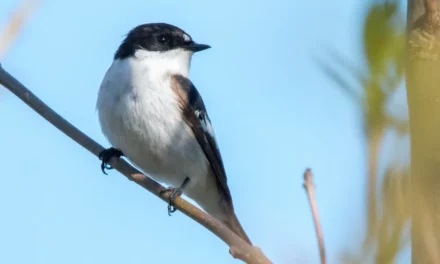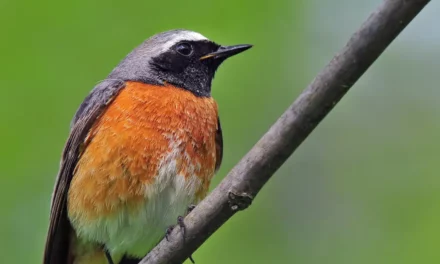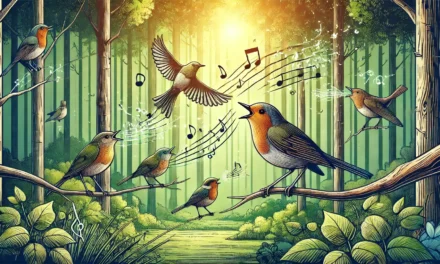The appearance of the melodious warbler
The melodious warbler boasts a distinctive brown-beige plumage that sets it apart in its natural habitat. The upper part of its body is adorned with an elegant olive-brown shade, while its underparts shine in a pale yellow hue. This bird features a light yet sturdy beak, complemented by a subtle pale eyebrow that enhances its gentle appearance. About the size of a sparrow, the melodious warbler is a petite yet striking figure in the avian world.
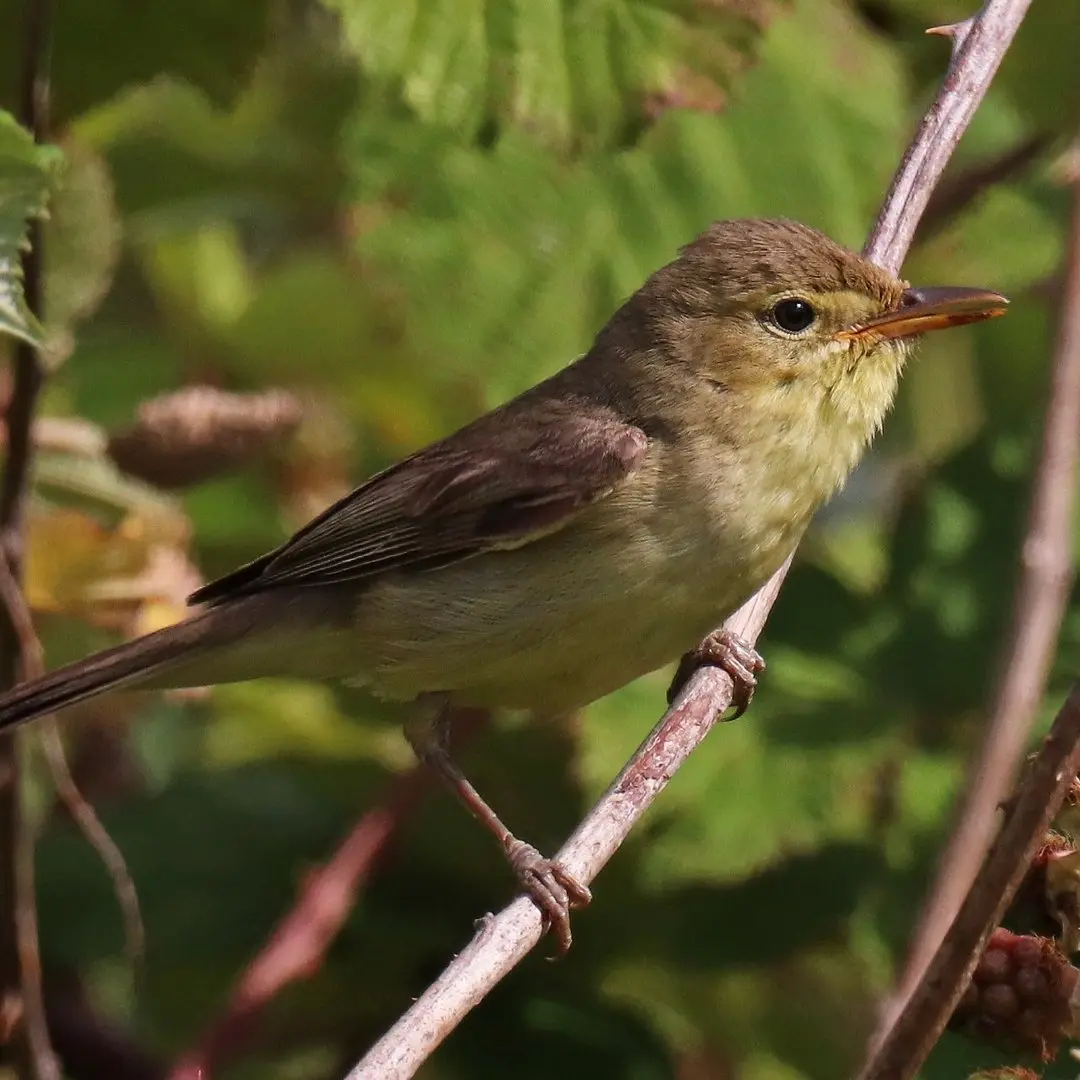
Behavioral traits of the melodious warbler
This warbler is known for its vibrant behavior. Often spotted perched on a branch with its crown feathers raised, it sings melodiously, capturing the attention of bird enthusiasts. Despite its lively song, the melodious warbler is elusive, usually hidden in dense thickets. Its camouflage plumage makes it harder to spot, and it’s often recognized more by its song than its appearance.
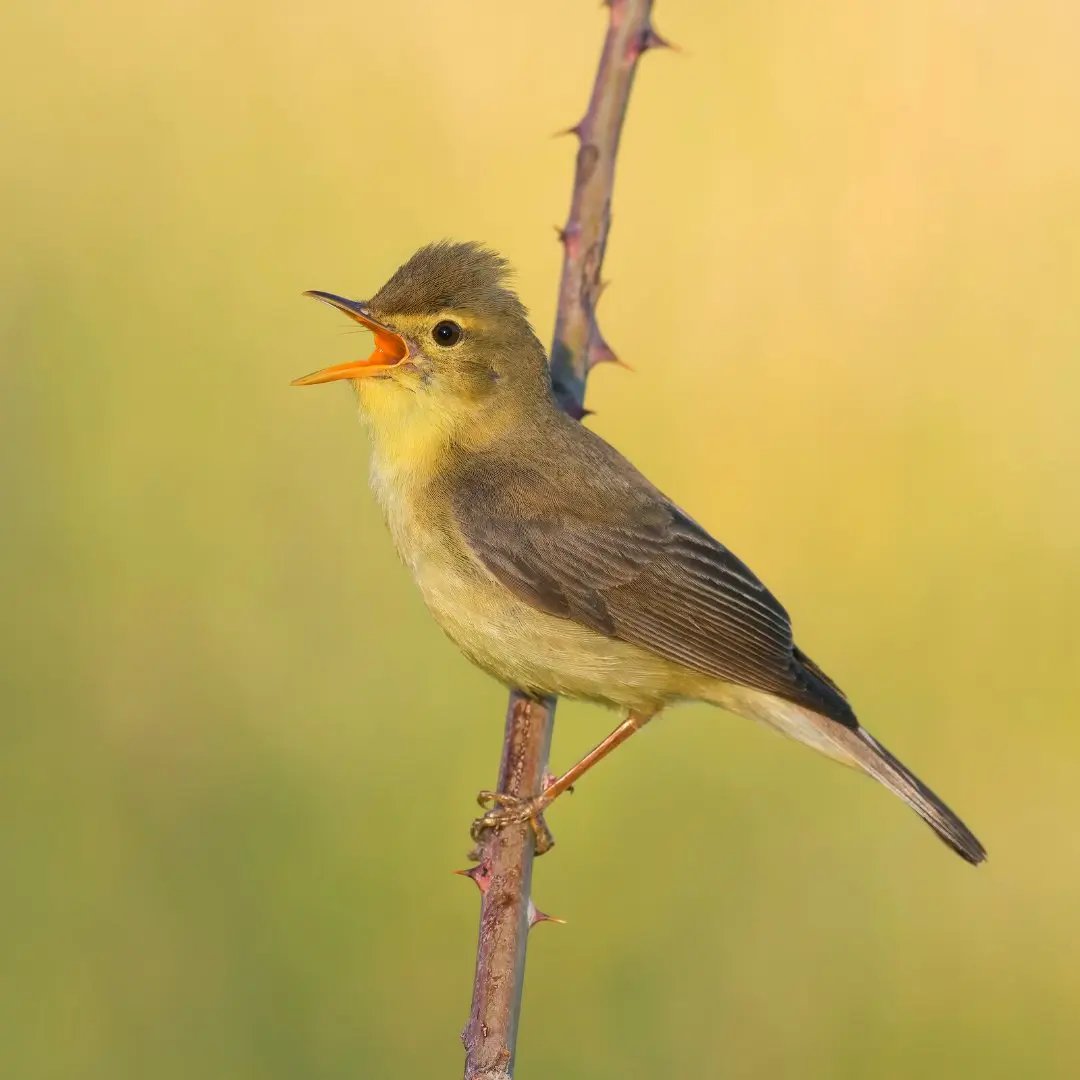
Songs and calls: the voice of the melodious warbler
The melodious warbler is renowned for its lively, rapid, and fluted song. Its calls range from rasping “trr” and “tchrr” sounds to a sharper “tchet.” Known for its mimicry, this bird sometimes imitates the calls of other species, adding variety to its repertoire and making its vocalizations a treat for birdwatchers.
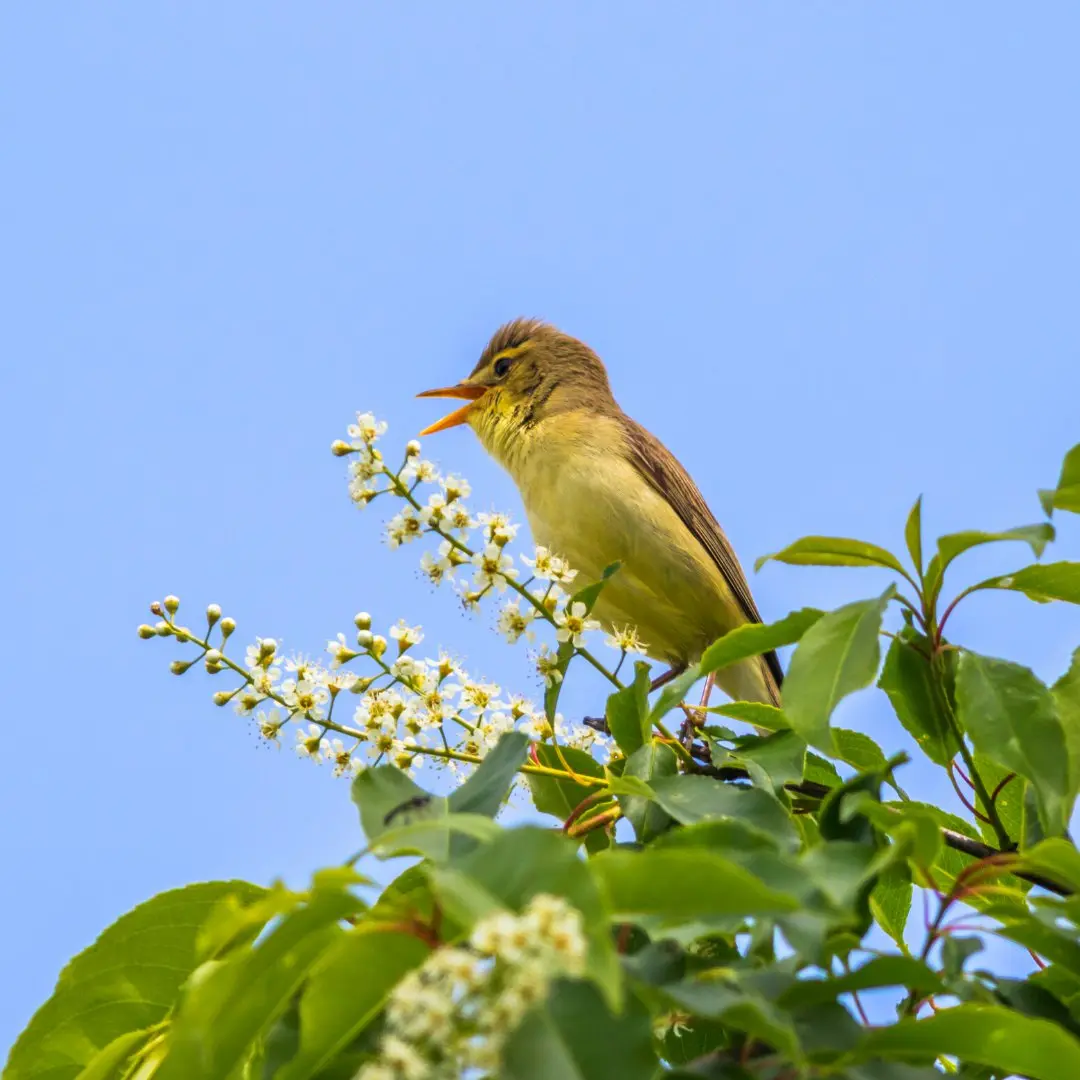
Reproduction and nesting habits
The breeding season for the melodious warbler spans from May to August. It typically produces 1 to 2 broods per year, laying 3 to 5 pink eggs with dark spots. The nests, made of twigs and roots, are carefully built near the ground, often in bushes. Despite their proximity to the ground, these nests are well-hidden, showcasing the bird's strong survival instincts.
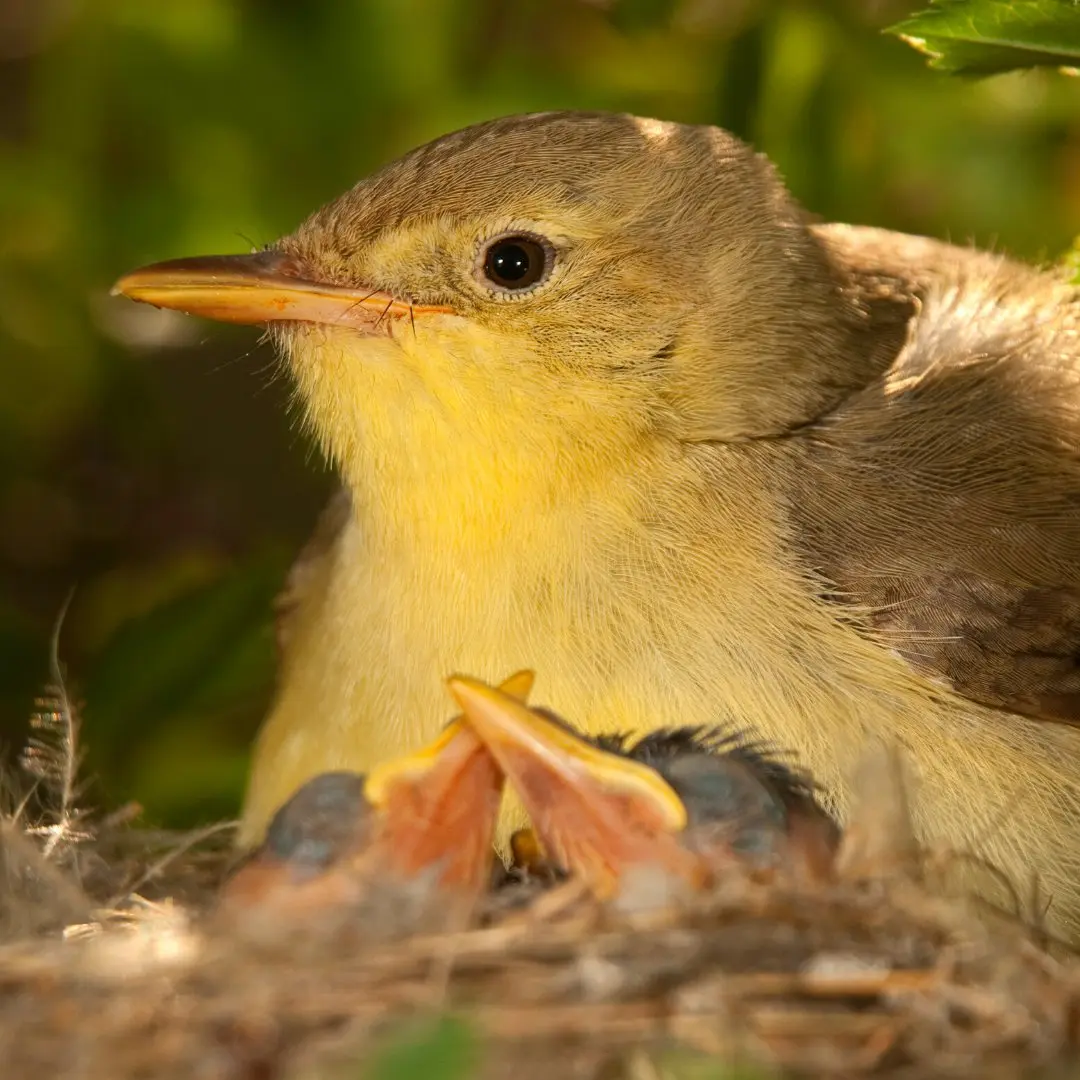
Diet: what the melodious warbler eats
The melodious warbler has a diet primarily consisting of insects, which it skillfully captures in dense thickets and on branches. This insectivorous bird plays a vital role in controlling insect populations, making it an integral part of its ecosystem.
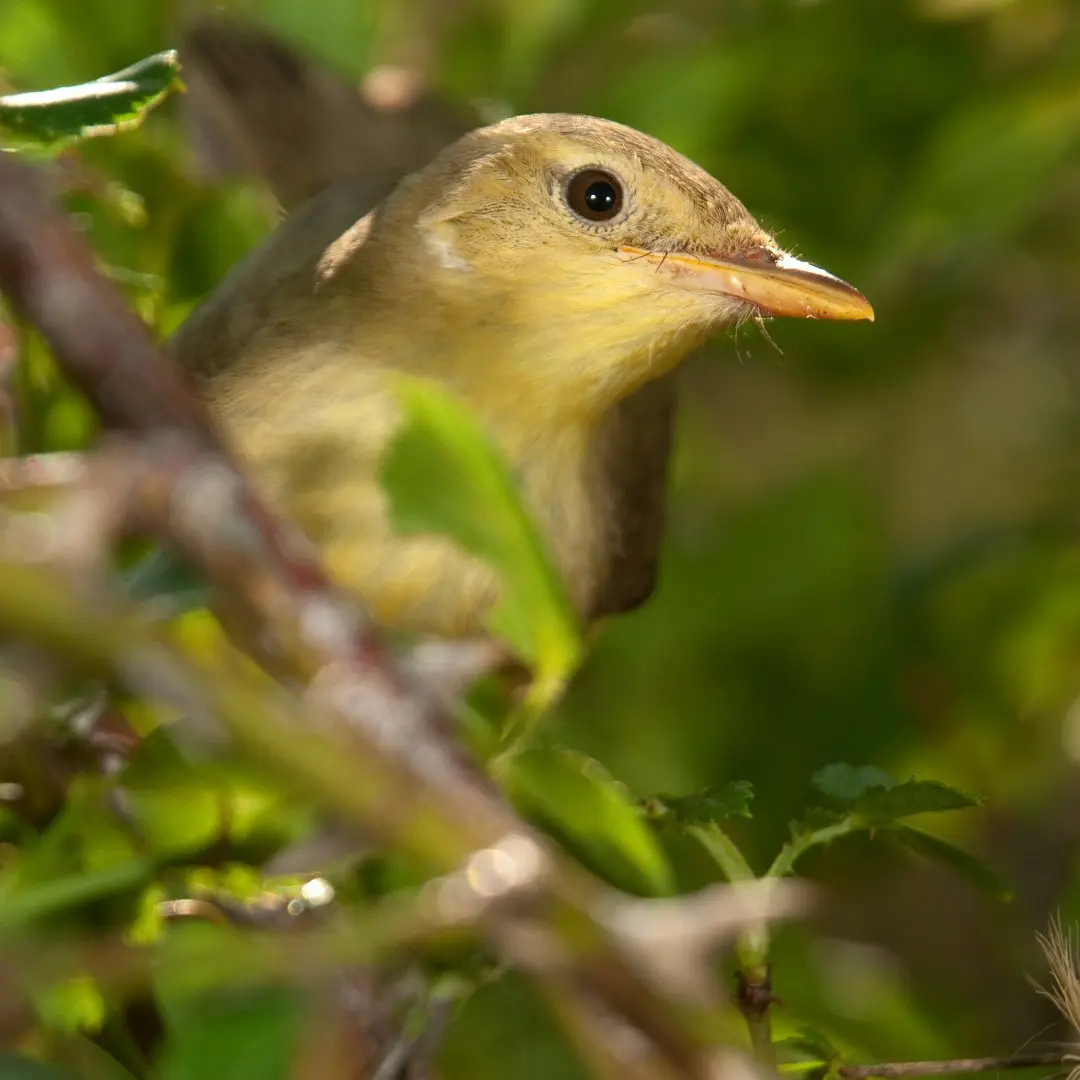
Habitat and migration
The melodious warbler thrives in open areas with dense ground vegetation. Its preferred habitats include parks, gardens, and spaces with scattered trees. As a long-distance migrant, this bird embarks on impressive journeys, traveling vast distances to find suitable habitats during different seasons.
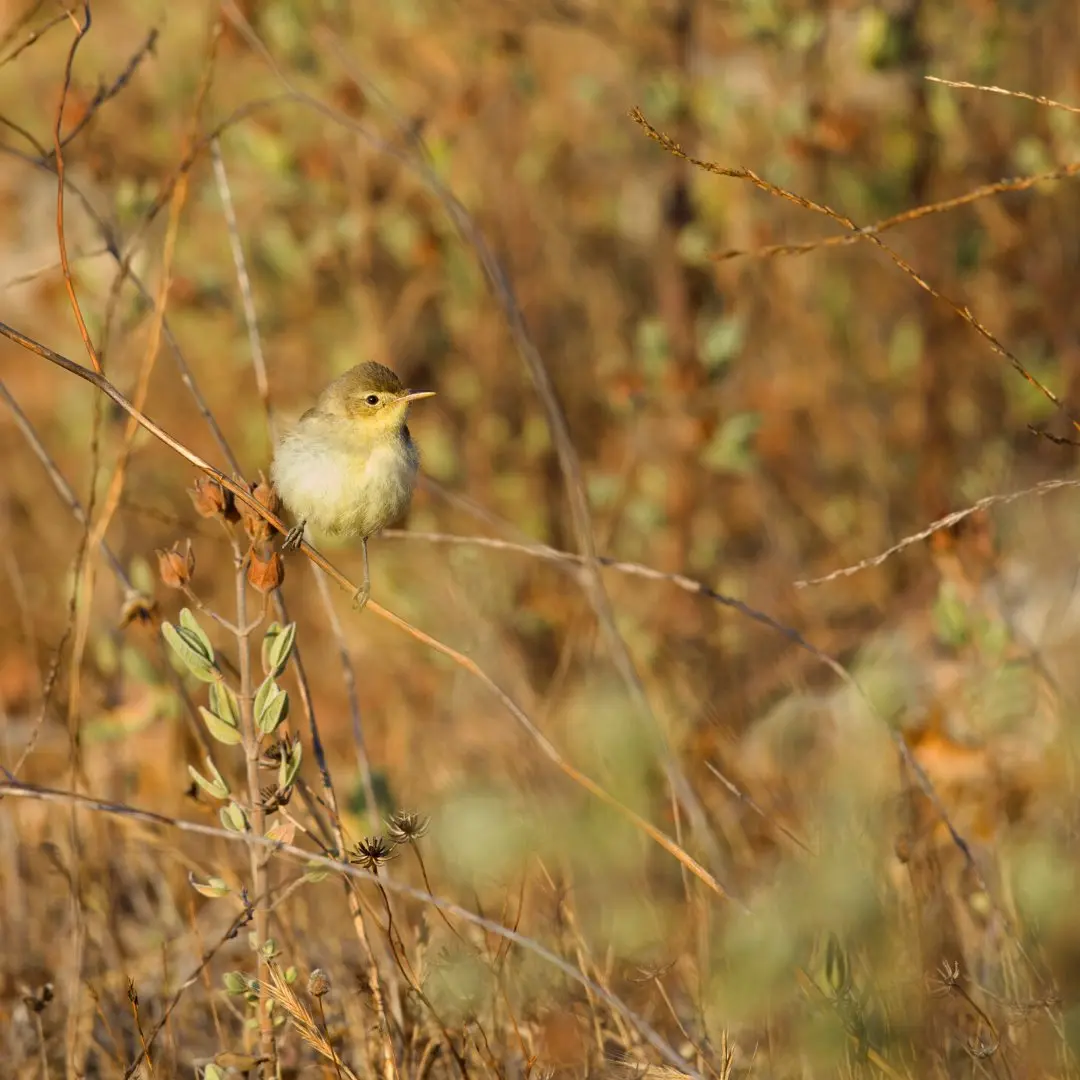
-



